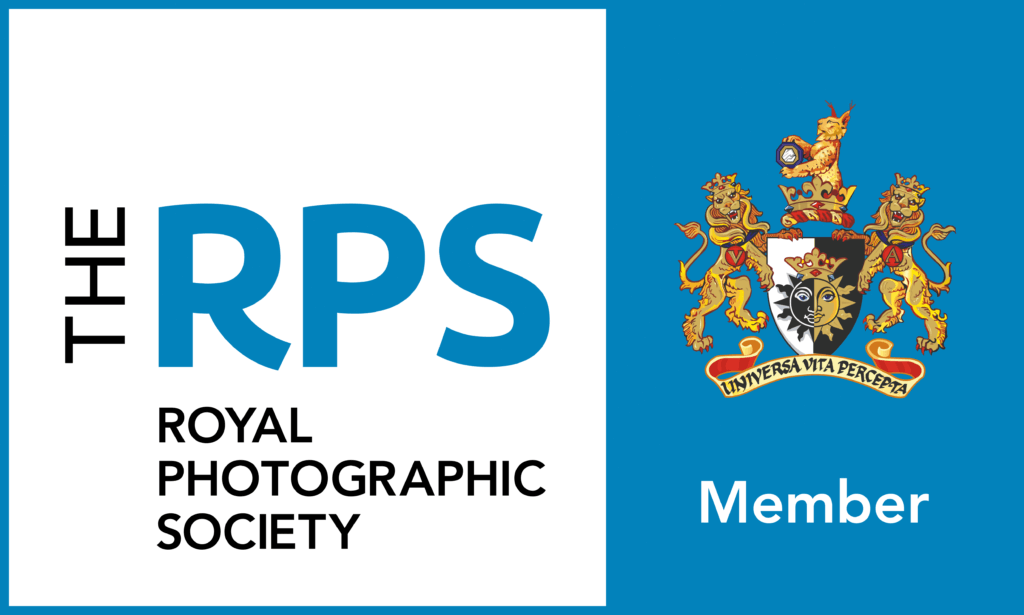Archive for the ‘Ireland’ Category
Meandering with purpose in Ireland’s confederate capital
We have been very busy in the last few weeks. Yesterday was no different. We got up very early (for us) and caught the seven minutes past seven train from Monasterevin to Kildare, waited there and then got the train to Waterford. We didn’t go as far as Waterford on this occasion, disembarking in the cathedral city of Kilkenny. The purpose of yesterday’s outing was to visit the Rothe House and have a day wandering in the city as a day out to celebrate Andrew’s birthday which was during the week.
On arrival in MacDonagh Station, we walked down St John’s Street and across the bridge over the River Nore. We then walked down the walkway out of Canal Square below Kilkenny Castle for a little while. Along the way, we heard the weir but didn’t see it as the river flowed over it away from the bank we were on. On arrival back in Canal Square, we decided it was time for some refreshment before heading to the merchant’s house. So we enjoyed the sun as we drank our drinks and ate a pain-au-chocolate (in my case) on the first floor of Wild Tails Cafe, just above the hurling statue in Canal Square. The upstairs of the cafe allowed us to sit in the sun and watch the world go by. Should I find myself travelling to spend the day in Kilkenny again, I am sure that it will become a firm favourite place to sit. Were I on my own, I suspect that I would find myself writing in a book. That is something for which I should look forward.
We came up with a new phrase whilst in the cafe, it is sort of an answer to anyone suggesting that we were loitering with intent:
No, we’re not loitering with intent. We’re meandering with purpose.
That was really how we visited; we were there to have a day out, and we meandered the city’s mediaeval street layout and enjoyed ourselves.
Having finished our refreshments, it was time to walk into the city and visit the Rothe House, which we had wanted to visit for many years but just needed to manage.
Visit Ireland’s best-preserved medieval Merchant House
Located in the heart of Kilkenny on Ireland’s Medieval Mile, Rothe House & Garden was built between 1594 and 1610. This was once the home and place of business of John Rothe and Rose Archer, one of Kilkenny’s wealthiest, most influential merchant families. The three-storied houses are connected by cobbled courtyards, expansive enough for a family that grew to have eleven children, as well as the house & garden staff that would have been necessary to run such an important household.
rothehouse.com
As the top of the first house was the most glorious attic room that I have seen for a long time. On the wall was a catholic banner that brought to mind the seventeenth century banner that is now in the care of the National Museum of Ireland on loan from the Royal Society of Antiquaries of Ireland. This banner was believed to to date from the Confederacy hidden in the walls of Rothe House. It depicts the Coronation of Mary by the Holy Trinity. It is understood to have been displayed in a procession that welcomed the Papal Nuncio, the Most Reverend John Baptist Rinuccini to Kilkenny city in 1645. The banner on the wall depicts the Blessed Sacrament in a Tabernacle.

The second house is full of artefacts, and the third house has an event space in the ground floor where the kitchen was formerly. Behind the third house is the restored seventeenth-century garden which extends to the end of the burgage at the mediaeval city wall.



As I said before, the reason for visiting Kilkenny was to visit the Rothe House, or at least that was what I thought it was. It turns out that the real reason was lemon meringue pie (at least according to my now diabetic husband, Andrew).

After I helped Andrew finish his lemon meringue pie, which, as he says, was delicious, we went on to visit Kilkenny Castle. The castle has been a mediaeval castle, a restoration château, and a Victorian stately home. I got thoroughly confused about what was going on and how it was in such good state now because we went straight from the ticket office in the imposing gate house to the door of the castle without watching the audiovisual show which we saw at the end of the walk round the castle. It would have been very much more understandable if I had seen this first. I may yet suggest that this is highlighted to visitors by the OPW staff. Although, to be fair to them, Kilkenny Castle is a huge tourist attraction and there were hordes of visitors yesterday.
Andrew has some photos of the inside of the castle on his post about yesterday’s trip on typo2.ie. I only took one looking towards the city — where you can make out the mediaeval cathedral of St Canice and the round tower to the right of the photo.

More to follow…
Update on Accessibility issues at Iarnród Éireann lifts

In June 2022, I highlighted some accessibility issues at Iarnród Éireann lifts, particularly on the Port Laoise line from Dublin Heuston. I am very pleased to confirm that these difficulties have been resolved. It seems that Iarnród Éireann has used the same style of instructions as found at DART stations on this line, too.
Well done to them for doing so, it is just a pity it took as long as it did to be resolved.
54% of people living with HIV avoid healthcare due to stigma: launch of HIV-related Stigma in Healthcare Settings report
The Irish Human Rights and Equality Commission‘s offices wer the venue for the launch of HIV Ireland‘s latest report: HIV-related Stigma in Healthcare Settings in Ireland: Findings from a Collaborative Joint Stakeholder Study by Dr Elena Vaughan of the University of Galway’s Health Promotion Research Centre.
There were two sets of surveys: one for healthcare workers; the other for people living with HIV (PLHIV). There were logistical difficulties in getting the surveys out to the relevant audiences to be completed. However, Elena did manage to have participation from 298 healthcare workers and 89 PLHIV.
Key findings
Some of the key findings were quite shocking:
People living with HIV
44% of people living with HIV report being asked how they got HIV by a healthcare worker.
54% of people living with HIV report having avoided healthcare for worry about how they will be treated by healthcare workers.
24% of people living with HIV report having been told to come back later, made to wait or put last in a queue.
20% of people living with HIV report having been denied service in the past 12 months.
Vaughan, E. (2023). HIV-related stigma in healthcare settings in Ireland: findings from a collaborative joint stakeholder study. Galway: Health Promotion Research Centre, University of Galway and HIV Ireland. https://doi.org/10.13025/ccsj-8336, p. 7.
Healthcare workers
21% of healthcare workers report using special measures that they would not use with other patients.
80% of healthcare workers have not received training in stigma and discrimination.
40% of healthcare workers say they would worry at least a little about drawing blood from a person with HIV.
25% of healthcare workers say they have observed a colleague talking badly about a person living with HIV at least once in the last 12 months.
loc. cit.
Experiences of stigma in healthcare settings
The report details some experiences of stigma in healthcare settings that were experienced by those interviewed by the research team. I know that I recognised two situations that had happened to me.
The physiotherapist said, `I can’t have you in the gym in the hospital because then it will have to be cleaned… so it would be a whole afternoon of no one else being able to use it because you’ve been in.’
Ibid., p.31
and
speaking of nurses using excessive or unnecessary infection control measures…
They came in in what I keep referring to as full body armour – they were in full gowns and masks and hair-nets and everything. And I said, Why are you dressed like that? `Well, because you know your condition.’ … Oh so because I’m HIV positive, you thinkg you need to be in all of this? `Yes.’
Ibid., p. 32
Both of those situations happened in a hospital in the midlands of Ireland. I have complained about them in the past. As the report says, I was able to self-advocate. Yet, the second situation happened even in the last few weeks when I was again there for treatment.
Recommendations
The report makes several recommendations for the future. They are laid out in four different domains: training and education; policy/practice guideline development; and research. I recommend you read the report online and read the recommendations there.
Links
Minister for Defence confirms that Irish Defence Forces no longer have “gun salute to the Most Blessed Sacrament”

As the United Kingdom was mourning the passing of HRH The Prince Philip, Duke of Edinburgh, and many gun salutes were being fired to mark this occasion, I wondered what the Irish Defence Forces did regarding gun salutes. I looked online and found that in addition to the normal gun salutes of 21 rounds for visiting Heads of State, military funerals and the like, the Defence Forces would render a gun salute of 50 rounds for the Most Blessed Sacrament. (https://www.military.ie/en/public-information/defence-forces-ceremonial/about-ceremonials/ accessed 2021-04-10).
I was rather surprised to see this reference to the Most Blessed Sacrament on the website of Óglaigh na hÉireann, the Irish Defence Forces.. To my mind, this was most unusual. I sent a letter by email to the Minister for Defence, Simon Coveney TD.
… As I understand it, the Fifth Amendment of the Constitution Act, 1972, removed from the Constitution the special position of the Catholic Church and the recognitino of other name religious denominations. I thought that Ireland was now a secular country. Why then, is the “Most Blessed Sacrament” which is only of one denomination — the Roman Catholic Church — given a pre-eminence or any recognition by the State’s forces.
Email to Minister Coveney on 2021-04-10
Two days later, I received a response and was told that he would make enquiries of his officials and get back to me. Yesterday, I received a response from the Minister’s Private Secretary.
I have engaged with my Defence Forces colleagues in relation to your enquiry and I have been advised that in the past provision was made for gun salutes to the Most Blessed Sacrament. However, this practise is no longer provided for or reference in the current Defence Forces Regulations.
Email from Cliona O’Sullivan, Private Secretary to the Minister for Defence, Mr Simon Coveney TD, 2021-05-26
References to the Gun Salute to the Most Blessed Sacrament on the website, http://www.military.ie, have now been removed.
In addition, the Defence Forces would like to affirm that it is a diverse organisation which equally recognises all religious denominatons.
I am so pleased that the Defence Forces have confirmed that they no longer favour one religious denomination over another. I am proud to be an Irishman living in the State that has become so multicultural and religiously diverse. We still need to work to ensure that public services provided by public bodies are provided without fear or favour, without references to one religious body or faith over all others.
My next question, is when was the last “50 gun salute to the Most Blessed Sacrament” fired? My suspicions are that it may have been as far back as 1932 for the Eucharistic Congress in Dublin. Does anybody know?













